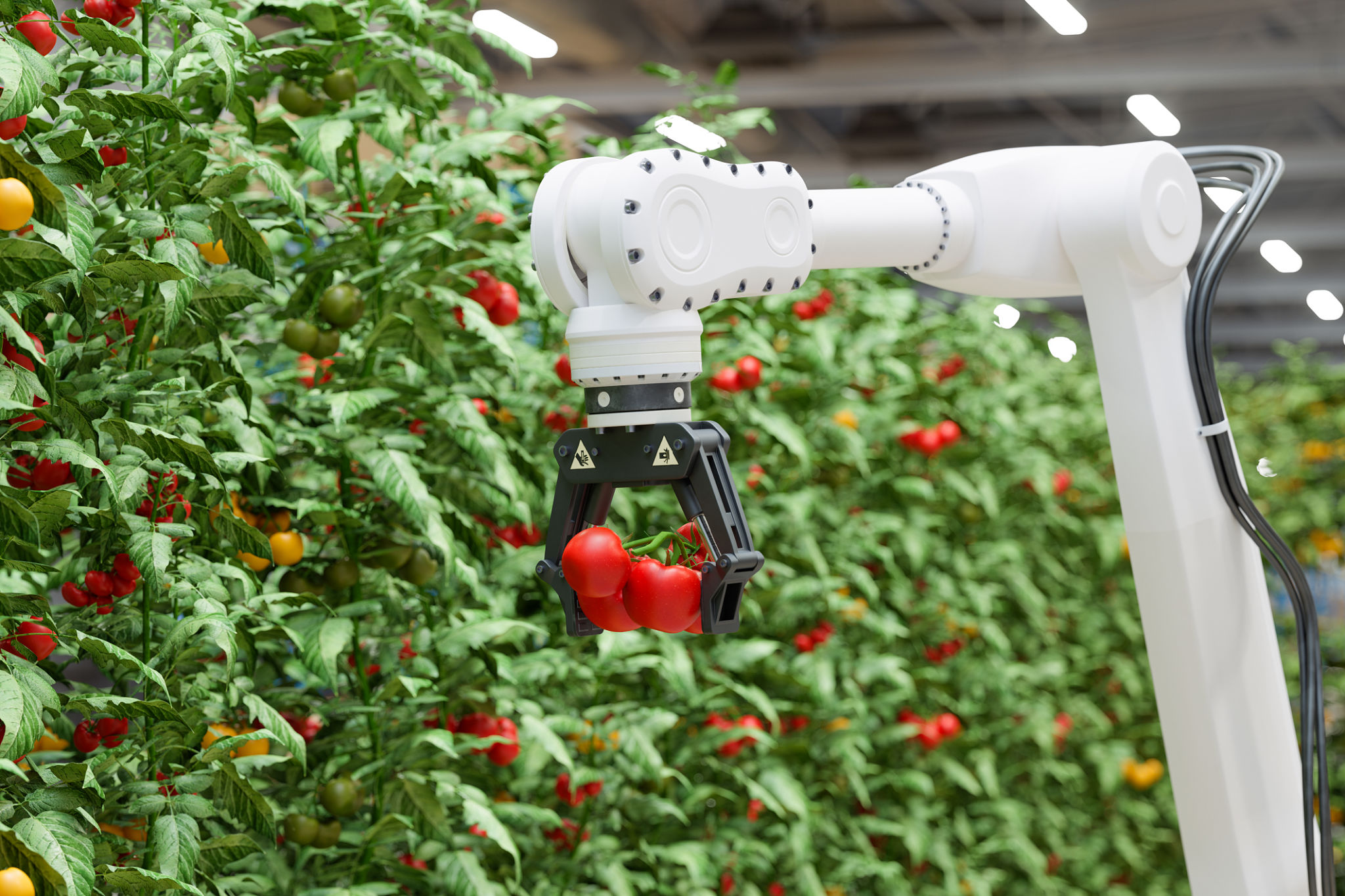Unlocking Efficiency: Customized Automation Systems for Plating Industries
Understanding the Need for Automation in Plating Industries
In the fast-paced world of plating industries, where precision and efficiency are paramount, automation has emerged as a game-changer. The demand for high-quality finished products requires systems that can keep up with the increasing complexity of plating processes. Customized automation systems are designed to meet these demands, enhancing productivity and ensuring consistency in operations.
Automation helps reduce manual errors, improve safety standards, and allow for better resource management. With the ability to handle complex tasks with ease, these systems streamline operations and enable businesses to scale efficiently. By integrating advanced technologies, plating industries can enjoy substantial cost savings and increased production rates.

The Benefits of Customized Automation Systems
One of the primary advantages of customized automation systems is their ability to be tailored to specific operational needs. Unlike off-the-shelf solutions, customized systems ensure that all unique processes and requirements of a plating industry are addressed. This customization minimizes downtime and maximizes output, leading to significant improvements in overall efficiency.
Moreover, customized solutions can be integrated seamlessly with existing infrastructure, reducing the need for extensive overhauls. This adaptability not only saves time but also ensures that the transition to automated processes is smooth and cost-effective.

Key Features of Effective Automation Systems
An effective automation system in the plating industry should possess several key features. These include:
- Real-time Monitoring: This allows for continuous oversight of processes, enabling quick adjustments to maintain quality standards.
- Data Analytics: Advanced analytics provide insights into operational performance, helping identify areas for improvement.
- Scalability: As business needs evolve, the system should be able to scale accordingly without requiring significant modifications.
By incorporating these features, plating industries can enhance their operational capacity and maintain a competitive edge in the market.

Challenges in Implementing Automation
Despite the numerous benefits, implementing automation systems in plating industries comes with its own set of challenges. Initial costs can be high, deterring some businesses from making the investment. Additionally, there may be resistance to change within the workforce, as employees need to adapt to new technologies and workflows.
To overcome these challenges, it is crucial to partner with experienced automation providers who can offer comprehensive training and support. By ensuring that staff are well-informed and comfortable with the new systems, businesses can ease the transition and maximize the benefits of automation.
Future Trends in Automation for Plating Industries
The future of automation in plating industries looks promising, with several trends set to shape the landscape. The integration of artificial intelligence and machine learning is expected to further enhance system capabilities, offering predictive maintenance and process optimization. Additionally, advancements in IoT technology will enable more interconnected systems, facilitating seamless communication between different stages of production.
As these technologies continue to evolve, plating industries will find themselves equipped with more powerful tools to meet growing market demands. Embracing these innovations will be key to unlocking new levels of efficiency and productivity.

